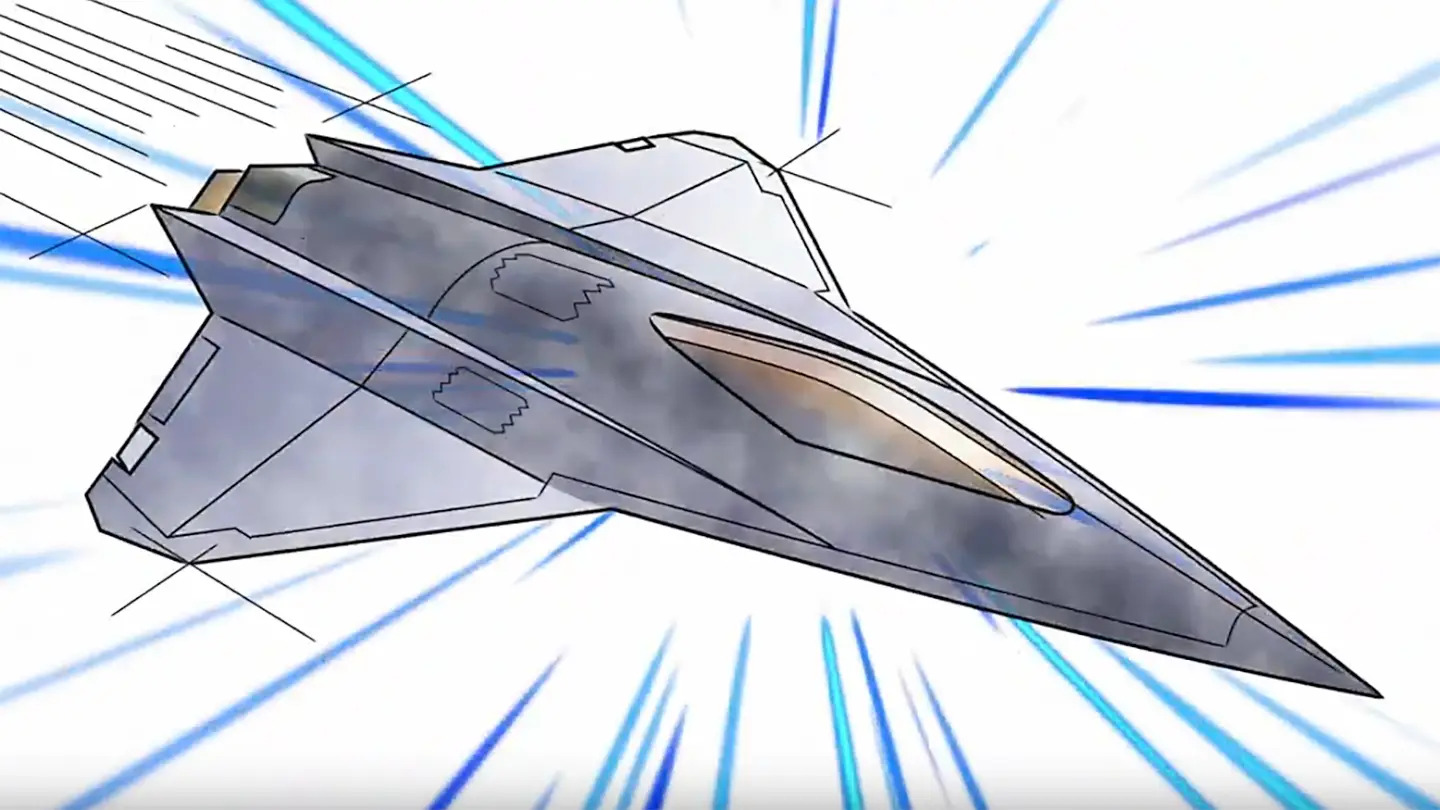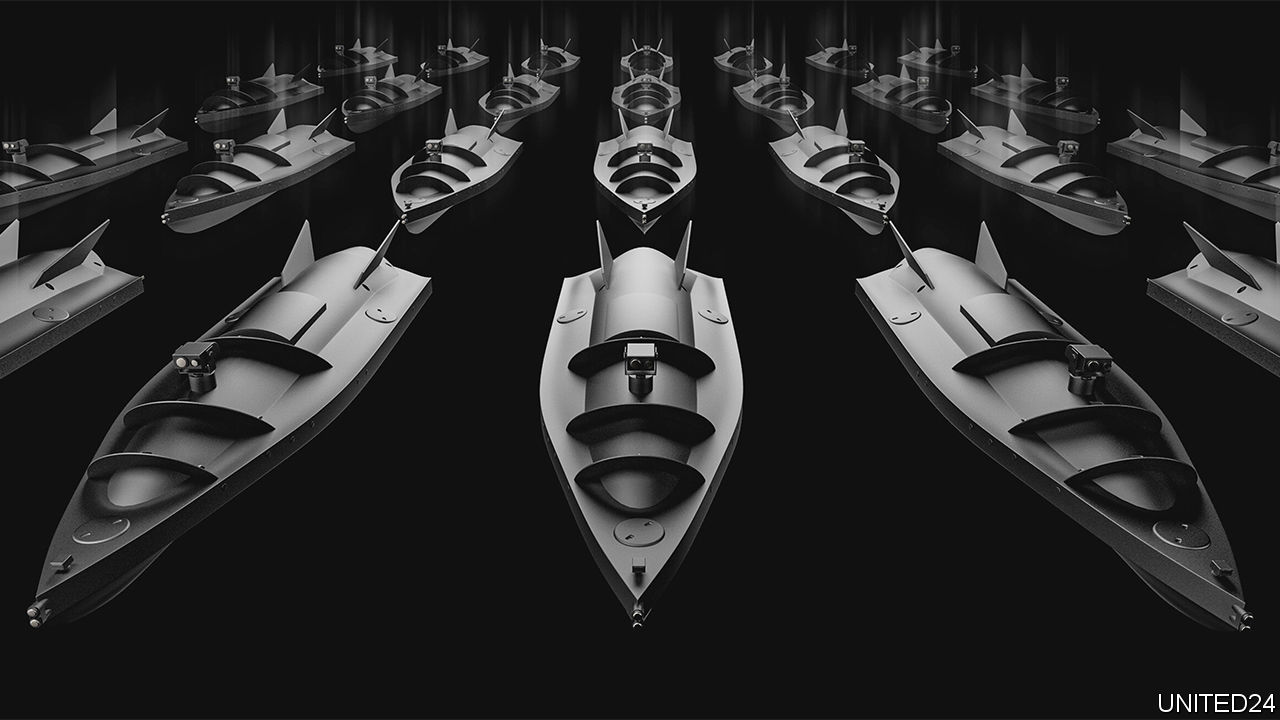By Air Marshal Anil Chopra (Retired)
Learning lessons from the Ukraine conflict, where attack helicopters were getting shot up, the US Army has decided to cancel its next-generation, multi-billion dollar Future Attack Reconnaissance Aircraft (FARA) program.
They also plan to end production of the UH-60 V Black Hawk by 2025. They would rather invest in inexpensive sensors and weapons carrying unmanned systems and in space.
Bell and Sikorsky are unable to secure a FARA production deal and will need to rework plans. Similar are the lessons from Gaza and the Red Sea Crisis, where expensive aerial platforms were being neutralized with much cheaper AD weapons.
The US Air Force (USAF) wants to replace the service’s fleet of Reaper attack drones with something capable of surviving in hostile peer-contested airspace. Although highly successful at what it does, the MQ-9 Reaper is easily shot down and would not survive over a battlefield protected by modern air defenses.
The Pentagon wants to move on from equipment that may have been effective in uncontested fights in Afghanistan and Iraq and prepare for more powerful, higher-end adversaries such as Russia and China.
Ukraine not only saw attack helicopters getting shot up, but both sides lost about 50 fighter aircraft each within the very first month of the conflict. This forced Russia to mostly use stand-off weapons and cruise missiles.
The Ukrainian AD weapons were the most effective. Suppression of Air Defences (SEAD) is not always easy or completely effective. The Ukrainian military also made very effective use of small, cheaper kamikaze drones, including some with longer ranges, to symbolically hit Moscow.
The sinking of the large cruiser “Moskva” by sea-skimming cruise missiles was another indication that large, expensive platforms have to remain farther away from defenses. While the Russian Beriev A-50 that has just been shot may have been a fratricide, the large high-value ISR, AEW&C, and FRA platforms can be forced further away by longer-range AD weapons.
Air Supremacy In The Past
Air power is a powerful element and often dominant one in all military campaigns. Military planners view having an environment of at least air superiority as a necessity.
To what extent it could be achieved, and at what cost is the question? Air supremacy allows increased bombing efforts, tactical air support for ground forces, paratroop assaults, cargo operations, and airdrops. The degree of a force’s air control is a zero-sum game with its opponent’s, increasing control by one corresponds to decreasing control by the other.
Strategic bombing in World War II had partial results. Korea and Vietnam saw that despite overwhelming superior force, it was not possible to achieve air supremacy in the conventional sense against a determined enemy. The two Arab-Israeli wars and the Bekka Valley operations saw a huge influence on air supremacy.
Despite air supremacy in Kosovo, NATO still lost a stealth strike aircraft to a very old-generation Serbian ground-based air defense system. Iraq and Afghanistan wars saw highly uncontested environments, and lessons may be unrealistic.
Air strikes had once moved from high-altitude bombing to ultra-low levels and once again moved to high altitude with stealth platforms. Aerial missiles and ground-based AD systems continue to restrict air supremacy capability.
Cheaper man-portable missile AD systems (MANPADS) have had their dynamics and are not easy to find and neutralize. India learned the hard way during the initial days of air operations in Kargil when it lost a helicopter to a MANPAD, albeit it was not carrying IR flares.
Also, the further evolution of electronic warfare and directed energy weapons makes things complex. The world has been forced to expensive long-range precision strikes, albeit less expensive than losing a platform.
Air Dominance Future
While the US continues to pursue Next Generation Air Defence (NGAD) fighters, it has to factor the same in a contested environment.
They are conscious that they have to prepare for a future conflict with peer competitors, Russia or China. In order to realize air superiority in a next-generation fighter jet, NGAD could manifest a singular aircraft or a combination of various systems, such as manned, unmanned, optionally manned, cyber, and electronic components. These configurations may deviate significantly from the traditional notion of a “fighter.”
Well beyond traditional navigation, targeting, communication, and ISR support, space-based assets would include directed energy weapons (DEW) and electronic warfare.
The cost of a modern fifth-generation fighter is around $100 million. The NGAD would be highly cost-intensive with state-of-the-art avionics and weapons and would cost “multiple hundreds of millions.”

It will not be easy to afford. They may get neutralized by much cheaper systems. The world needs to find cheaper force-multiplier solutions. It may be much cheaper for most countries to concentrate much more on “air denial” than just dominance. Also a 1,000 drone swarm would cost infinitesimally less than the NGAD and prove to be as or more effective.
Air Denial
Despite huge asymmetry, Ukraine was able to deny the over ten times larger and technologically superior Russian Air Forces any level of air superiority through “air denial.”
Effectively restricting the unhindered use of Russian offensive air power and, in turn, slowing the surface offensive. Russian manned aircraft have not flown even close to the border for some time now.
Of course, Ukraine was backed by a huge supply of Western air defense systems to add to the existing Soviet-era S-300s in its inventory. They also have the “home-court” advantage, as they have to concentrate mostly on their own defense.
Many analysts have blamed the Russians for the poorly run SEAD campaign and called it a self-inflicted failure. While that may be partially true, I do believe that the same may not have been easy against some of the AD systems.
We must remember that despite overwhelming superiority, it was not easy for the Americans to neutralize Iraqi Scud missiles. Mobile AD systems that “shoot and scoot” have worked well in Ukraine.
Their radar comes on for a very short time, and then they quickly shift location, making SEAD difficult. Lessons from Ukraine should induce a re-think on many counts.
Aircraft are “no more just the hunter but also the hunted.” Modern AD weapons like the S-400 cover the entire vertical and horizontal bubble. Denying the expensive fighters and bombers the ability to come into the tactical battle zone will change the dynamics. Close counter-surface force operations by fighters and attack helicopters have become highly risky.
If the targets have to be hit by long-range weapons and cruise missiles, do we need to waste large sums on expensive platforms? Cyber interference, electromagnetic jamming, cheap but effective over-lapping air defenses, drones, and a larger stocking of missiles may be much more effective.
The case for inexpensive drones for both offensive and defensive operations has well been underscored. The tank has been made vulnerable to a top attack kamikaze drone.
The large ships will be hit by firing multiple cruise missiles. Large, expensive UAVs may be good for peacetime surveillance but will be sitting ducks even in a partially contested environment. It is time to get real and calculate the “combat return your buck.”
Ideas India
India has to face two powerful militaries with peer or better capabilities. While India must retain and strengthen its offensive capability to hit hard and far, India, too, must prepare for the air-denial scenario.

It may be a smarter, more economical choice. They need to build stronger air defenses with high stock levels of missiles. In critical areas, there will be a need for a high density of AD systems.
Modern electronic warfare capabilities that are constantly upgraded will be required. Secure jam-resistant communications will be critical. India must increasingly exploit space as a platform cum force multiplier.
There is a need to master drone and swarm tactics and build inventories. Large inventories are also required for supply chain disruptions.
Meanwhile, India has to accelerate homegrown design and production of drones. Iran and Turkey have been great examples of this, and their systems have been extensively used in recent conflicts.
Drones must cover the full spectrum from very small to mid-sized and stealthy UCAVs with stand-off weapons. Manned Unmanned Teaming (MUM-T) is the future. Drones with greater range and autonomy would be a good investment. Precision strikes may be done better by a swarm.
The stealth fighter and bomber aircraft would still be relevant. It takes a long time to develop them. That process must carry on. We have seen counters to drones and drone swarms already evolving and used in conflict.
Fighters must have long-range precision strike weapons. Their physical entry into highly contested areas will have to be dynamic.
Lastly, there is a need to hasten. War lessons are ever-evolving. Identifying cheaper yet effective priority areas and then funding appropriately is vital. While we must constantly assess adversary strength and threat to match numbers and capabilities, for me, Space, MUM-T, cyber, proliferation of AD systems, and weapon stocking are priority areas.
- Air Marshal Anil Chopra (Retired) is an Indian Air Force veteran fighter test pilot and is currently the Director-General of the Center for Air Power Studies in New Delhi. He has been decorated with gallantry and distinguished service medals while serving in the IAF for 40 years. He tweets @Chopsyturvey
- Follow EurAsian Times on Google News




